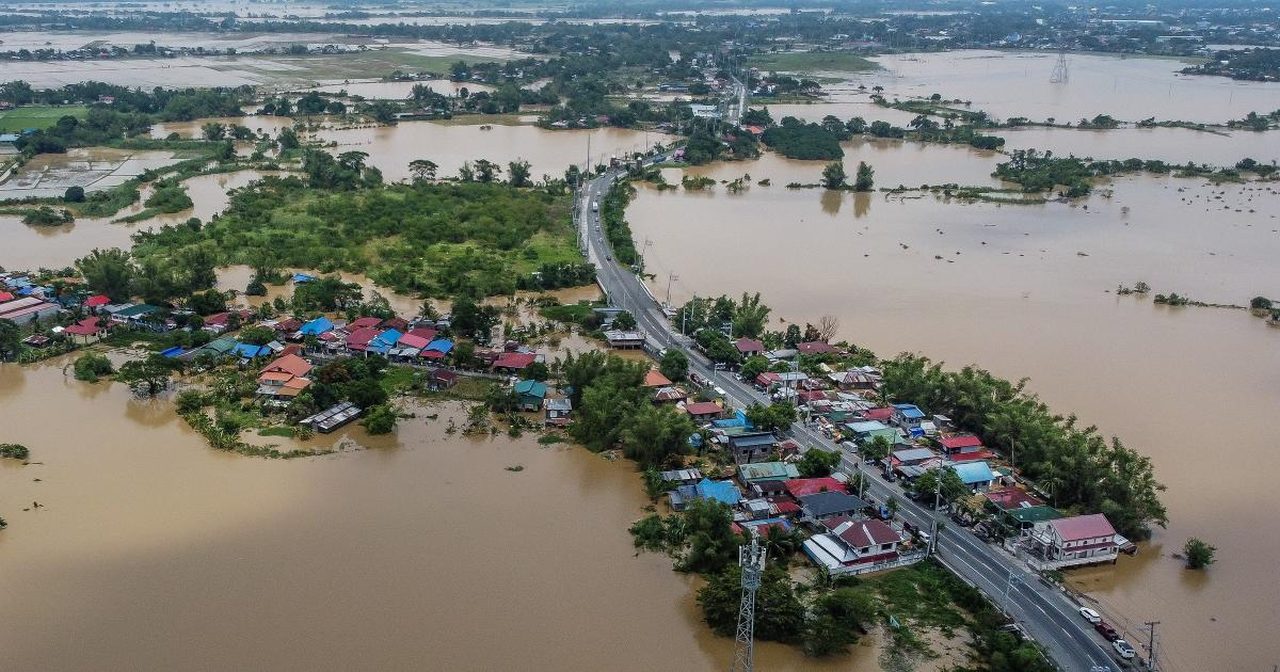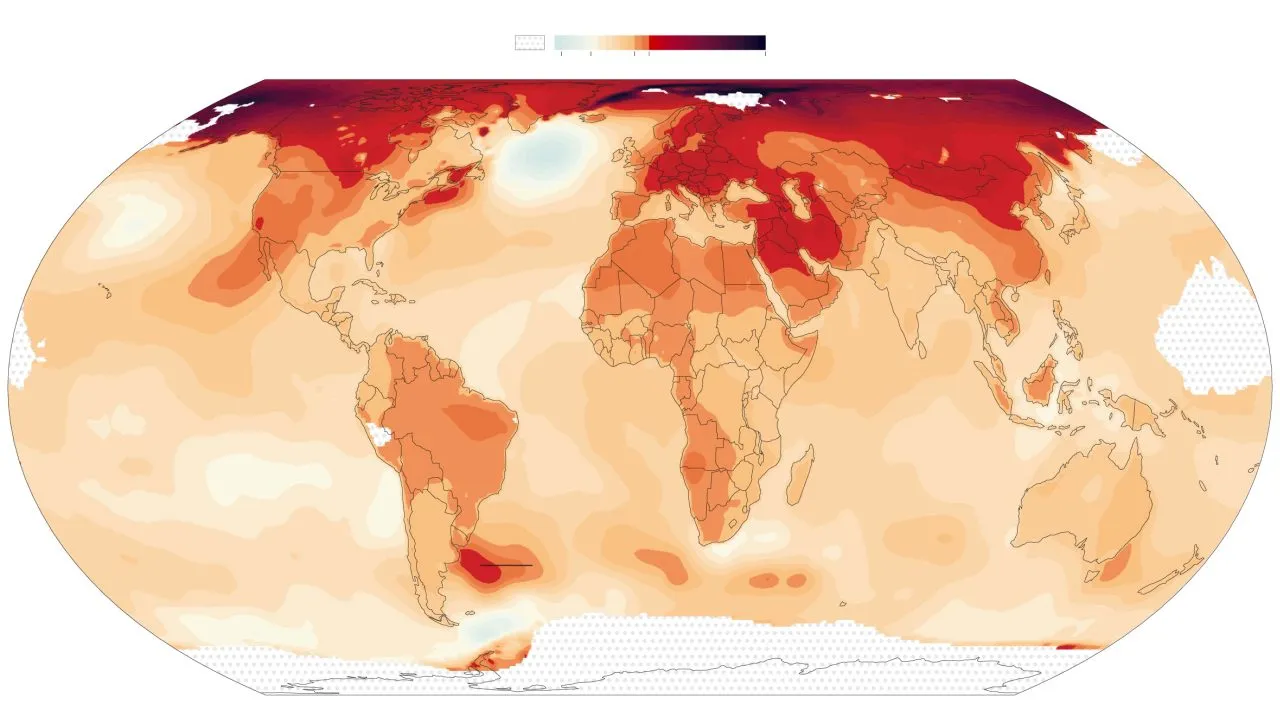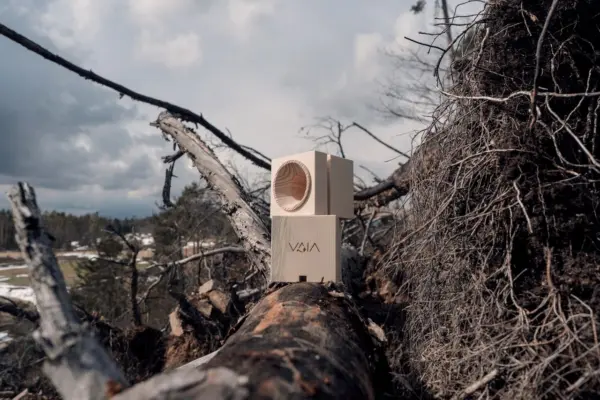Understanding How Climate Change Impacts Residents in Hot Zones
Posing a myriad of health risks, and declining food and water supplies
Rising global temperatures affect all populations — some significantly more than others. People living in hot zones are more vulnerable to physiological stress, aggravated risk of illness, and possible fatalities from climate change.
Changing climatic conditions have worsened these hot zones, leading to a myriad of challenges not only through health risks but also affecting food and water supplies as well. But first, we must understand what exactly a hot zone is.
What Are Hot Zones?
Hot zones – also known as hotspots – are regions that are particularly exposed to the impacts of climate change. These areas are more likely to experience the brunt of the effects of heatwaves, droughts, floods, and other climate-related factors. For instance, low-lying islands and coastal regions may be considered hot zones due to their increased vulnerability to rising global sea levels.
The number of hot zones worldwide is increasing as the climate crisis intensifies. For example, if global temperatures continue to rise, as many as three billion people could live in areas too hot for humans by 2070. A drastic change is warranted to avoid complete catastrophe for all living beings in the coming years.

Image: Rouelle Umali/Xinhua
Impacts of Climate Change in Hot Zones
The impacts of climate change are interrelated, often leading to a cascade of unfavorable events for residents in hot zones. Ironically, those most affected are usually the least responsible for the increased rate of greenhouse gas emissions and environmental degradation that increase the proliferation of hot zones worldwide. Climate change hot spots can affect residents in several ways depending on the specific impacts being considered.
Intense and Frequent Extreme Weather
Scientists have repeatedly established strong links between climate change and the frequency of harsh weather events. Studies show 71% of 504 extreme weather occurrences since 2000 were partially caused by human-driven global warming. Heavy winds are intensifying, hurricanes are becoming more frequent and temperatures are hitting new extremes, exposing hot zone residents to more dangerous living conditions.
Hotter Days
As carbon pollution traps more heat in the atmosphere, the frequency of hot days has significantly increased since 1970. 2023 was the warmest year on record, with temperatures hitting 62.9° Fahrenheit in July. People in hot zones have been largely affected by these increased instances of extreme heat. Prolonged exposure to high temperatures has been the leading cause of weather-related fatalities in the U.S. over the past 30 years.
Increased Risk of Displacements
Sea levels have risen 100 millimeters since 1993, raising the global displacement level from climate change and severely impacting residents in coastal areas. More and more people are forced to move further inland as the ocean slowly takes over their homes. These water encroachments also destabilize the habitat of fish and other aquatic creatures in the region.
Costlier Housing
An increasing number of climate-related displacements is driving up accommodation costs in cities bordered by coastal areas. As more people move inland, the demand for housing also rises, putting even more pressure on their already strained resources. New constructions in flood-prone areas will likely be more expensive following the decrease in the availability of land and might cause more hazards.
Higher Insurance Premiums
Hot zone residents will likely spend more on insurance and related home fortifications to protect against the intensifying effects of climate change. For instance, people in Florida, Texas, Louisiana, and other states frequently hit by storms often have to pay higher premiums because of the increased risks of natural disasters.
They often have to install hurricane-impact doors and windows to mitigate the damage. However, it’s not all bad news, as many insurers offer up to 45% discounts on premiums for buildings with these upgrades.
Lower Food Supply
Climate change is disrupting global food production, leading to short- and long-term shortages. Regions particularly susceptible to extreme weather events — including Sub-Saharan Africa and Southeast Asia — are most at risk from crop failures and hunger. According to the World Bank, around 43 million people in Africa alone could fall into poverty by 2030 due to falling crop yields.

Image: Berkeley Earth
Mitigating Climate Change in Highly Vulnerable Areas
The verdict is clear — do something about climate change or be washed away in its wave of effects. For people in hot zones, the urgency cannot be overstated. Possible measures to take include:
- Switching to renewable energy: Power generated from burning fossil fuels is one of the leading causes of climate change. Cleaner alternative sources like solar and geothermal can reduce carbon emissions and dampen the effects of global warming.
- Electrifying transportation: The transport sector is the largest contributor to climate change, primarily from exhaust discharges. Since they don’t use combustion engines, electric vehicles have zero tailpipe emissions, making them a practical and sustainable transportation alternative.
- Implementing green technologies: These innovations help improve living conditions while minimizing environmental impact. For example, green roofs are 30°–40° F cooler than conventional roofing systems, increasing indoor comfort.
- Conserving water: It takes a lot of energy to clean, distribute, and pump wastewater back to the treatment facilities. This energy use increases carbon emissions, which can be highly detrimental in areas already exposed to climate change. Hence, residents must practice water conservation, making sure to minimize waste.
- Replanting forests and restoring damaged ecosystems: Trees are fundamental to combating climate change, as they absorb tons of CO2 Planting heat-tolerant trees in hot zones can also lower temperatures and improve air quality. According to the EPA, urban forests are 2.9° F lower on average than unforested areas.
Climate Change Is Wreaking Havoc in Hot Zones
People living in hot zones are increasingly vulnerable to the effects of extreme weather, rising temperatures, floods, droughts, and other disasters. Higher housing costs, increased displacements, and intense heat waves are just some of the issues residents have to deal with.
Reducing carbon emissions in these areas is more paramount than ever. Measures like adopting renewable energy, conserving water, and installing green solutions can help avoid the worst-case scenario.


